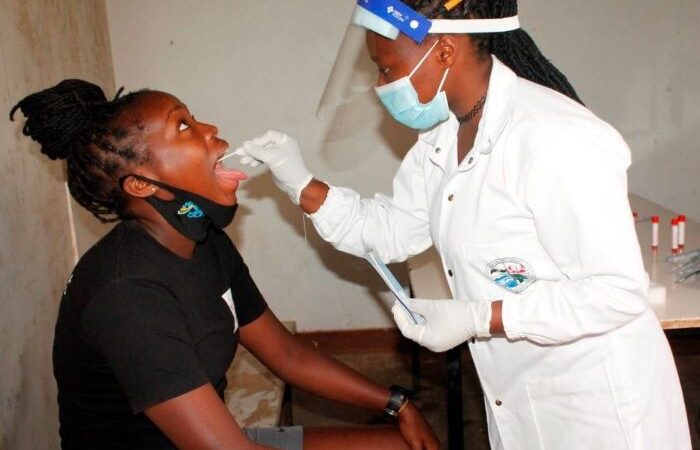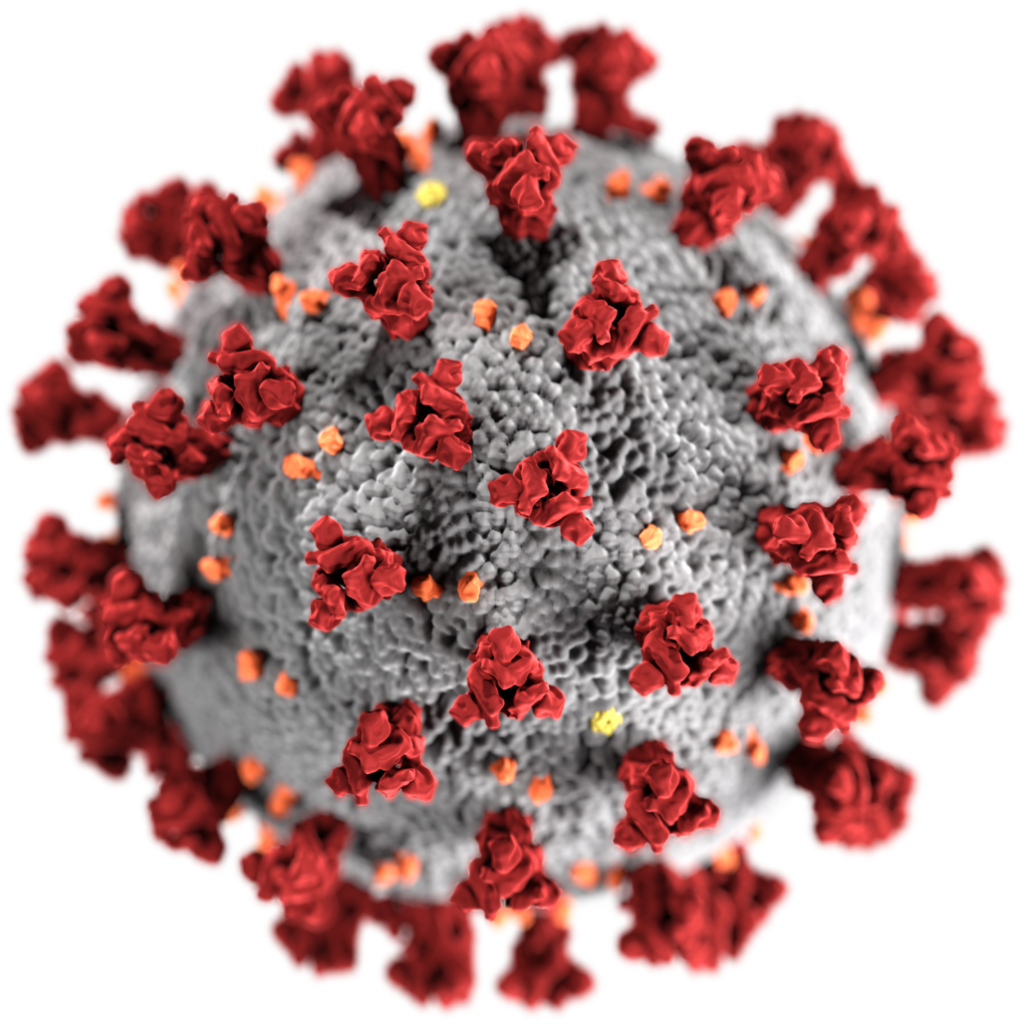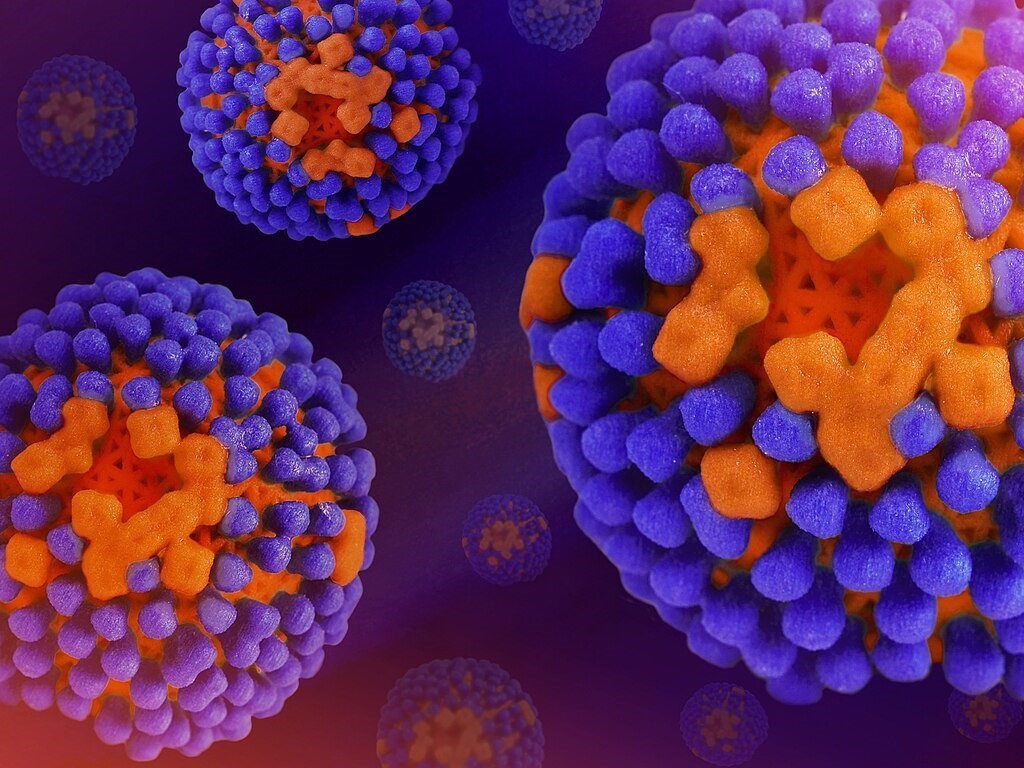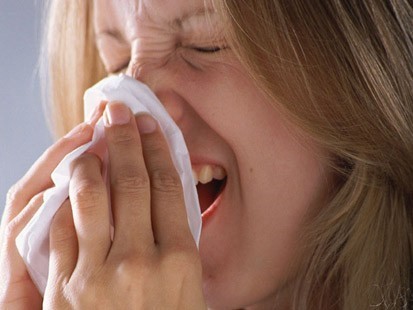
The cold and flu season is going strong this year and it seems some people are getting sicker than they normally get. The coronavirus is still making its way through the population and the common flu is never more than an unwashed hand away from you. Let’s take a look at the three biggest viruses to watch out for this year, as well as what you can expect when you get them. We’ll also talk about this year’s infection rates as compared to previous years. If you think you’re coming down with something, don’t hesitate to talk to a doctor. None of this information should be taken as medical advice.
Coronavirus

Coronavirus, specifically SARS-CoV-2, is the virus responsible for COVID-19, a highly contagious respiratory illness that emerged in 2019. Symptoms commonly include fever, cough, shortness of breath, fatigue, body aches, sore throat, and loss of taste or smell. Some people may experience gastrointestinal issues like nausea or diarrhea. Symptoms typically appear 2 to 14 days after exposure, with an average onset of around five days. The duration of symptoms varies, lasting one to two weeks for mild cases but potentially longer for severe cases, sometimes leading to prolonged effects known as long COVID.
Vaccines have been crucial in controlling the spread and severity of COVID-19. mRNA vaccines, such as Pfizer-BioNTech and Moderna, as well as viral vector vaccines like Johnson & Johnson, help the body build immunity by training the immune system to recognize the virus. Boosters have been recommended to maintain immunity, especially against emerging variants. Treatment options include antiviral medications like Paxlovid and Remdesivir, which can reduce the severity of illness if taken early. Supportive care such as rest, hydration, and fever reducers are commonly used for mild cases, while severe cases may require hospitalization, oxygen therapy, or mechanical ventilation. Vaccination remains the most effective preventive measure.
Norovirus

Norovirus is a highly contagious virus that causes acute gastroenteritis, often referred to as the “stomach flu.” It spreads primarily through contaminated food, water, surfaces, or close contact with infected individuals. Symptoms include the sudden onset of nausea, vomiting, diarrhea, stomach cramps, fatigue, and sometimes mild fever or muscle aches. Symptoms typically appear 12 to 48 hours after exposure and last for about one to three days, though some individuals may experience lingering fatigue or digestive issues for a longer period.
There is currently no vaccine available for norovirus, although research is ongoing. Preventive measures focus on proper handwashing, disinfecting surfaces, and avoiding contaminated food and water. Because norovirus is a virus, antibiotics are ineffective. Treatment primarily involves managing dehydration caused by vomiting and diarrhea. This includes drinking plenty of fluids with electrolytes, such as oral rehydration solutions, broth, or sports drinks. In severe cases, particularly among young children, the elderly, or immuno-compromised individuals, hospitalization for intravenous fluids may be necessary. Most people recover fully with rest and hydration, but the virus can continue to spread for several days after symptoms are resolved, so maintaining good hygiene remains essential to prevent outbreaks, especially in group settings like schools and care facilities.
The Flu

Influenza, commonly known as the flu, is a contagious respiratory virus caused by influenza A and B viruses. It spreads through respiratory droplets when an infected person coughs, sneezes, or talks. Symptoms often include sudden onset of fever, chills, cough, sore throat, muscle aches, fatigue, runny nose, and headaches. Some people may also experience nausea or vomiting, especially children. Symptoms typically appear one to four days after exposure, with an average onset of two days, and generally last five to seven days. However, fatigue and a lingering cough can persist for weeks, particularly in older adults or those with weakened immune systems.
Flu vaccines are updated annually to protect against the most common circulating strains. These vaccines, available as both injections and nasal sprays, help reduce the severity and risk of infection. Vaccination is especially recommended for high-risk groups, including young children, the elderly, pregnant women, and individuals with chronic health conditions. Treatment for the flu includes antiviral medications such as oseltamivir and baloxavir, which can reduce the severity and duration of symptoms if taken early. Supportive care involves rest, hydration, and over-the-counter medications for fever and pain relief. Annual vaccination remains the most effective preventive measure against influenza.
Infection Rates
In the United States, infection rates for respiratory viruses such as COVID-19, influenza, and norovirus have shown notable fluctuations between 2024 and early 2025 compared to previous years.
COVID-19: Following the end of the public health emergency in May 2023, the U.S. experienced a late-summer wave of COVID-19 cases. By January 2024, wastewater data indicated that infections had reached their second-highest recorded level, surpassed only by the initial Omicron wave in January 2022. As of early 2025, about 4 out of every 100,000 people hospitalized were admitted for COVID-19.
Norovirus: Norovirus outbreaks have also increased. In early December 2024, the Centers for Disease Control and Prevention (CDC) reported 91 outbreaks, the highest number for that week since 2012. This surge is attributed to waning immunity following pandemic-related hygiene measures.
Influenza: The 2024-2025 flu season has seen a significant rise in cases. As of early January 2025, flu activity is high or very high across 42 states, with hospitalization rates for influenza approximately double those for COVID-19, particularly affecting seniors. It’s approximated that 8 out of every 100,000 people hospitalized were admitted for the flu.
How to Protect Yourself

To protect yourself against coronavirus, norovirus, and influenza, practice good hygiene and preventive measures. Wash your hands frequently with soap and water for at least 20 seconds, especially after being in public or using the restroom. Wear masks in crowded or high-risk areas, particularly during outbreaks. Stay up to date with vaccinations, including annual flu shots and COVID-19 boosters. Avoid close contact with sick individuals and disinfect frequently touched surfaces. For norovirus, take extra care with food hygiene and avoid preparing food if you’re ill. Prioritize rest and hydration if you experience symptoms and stay home when sick.
